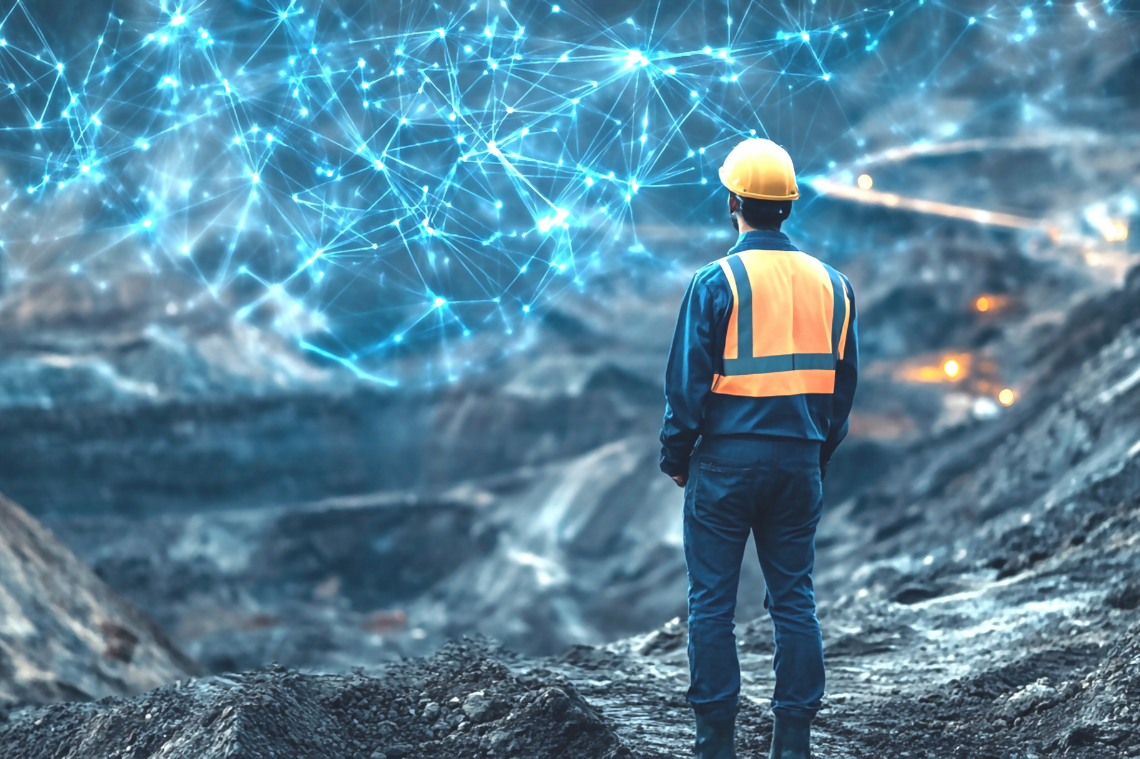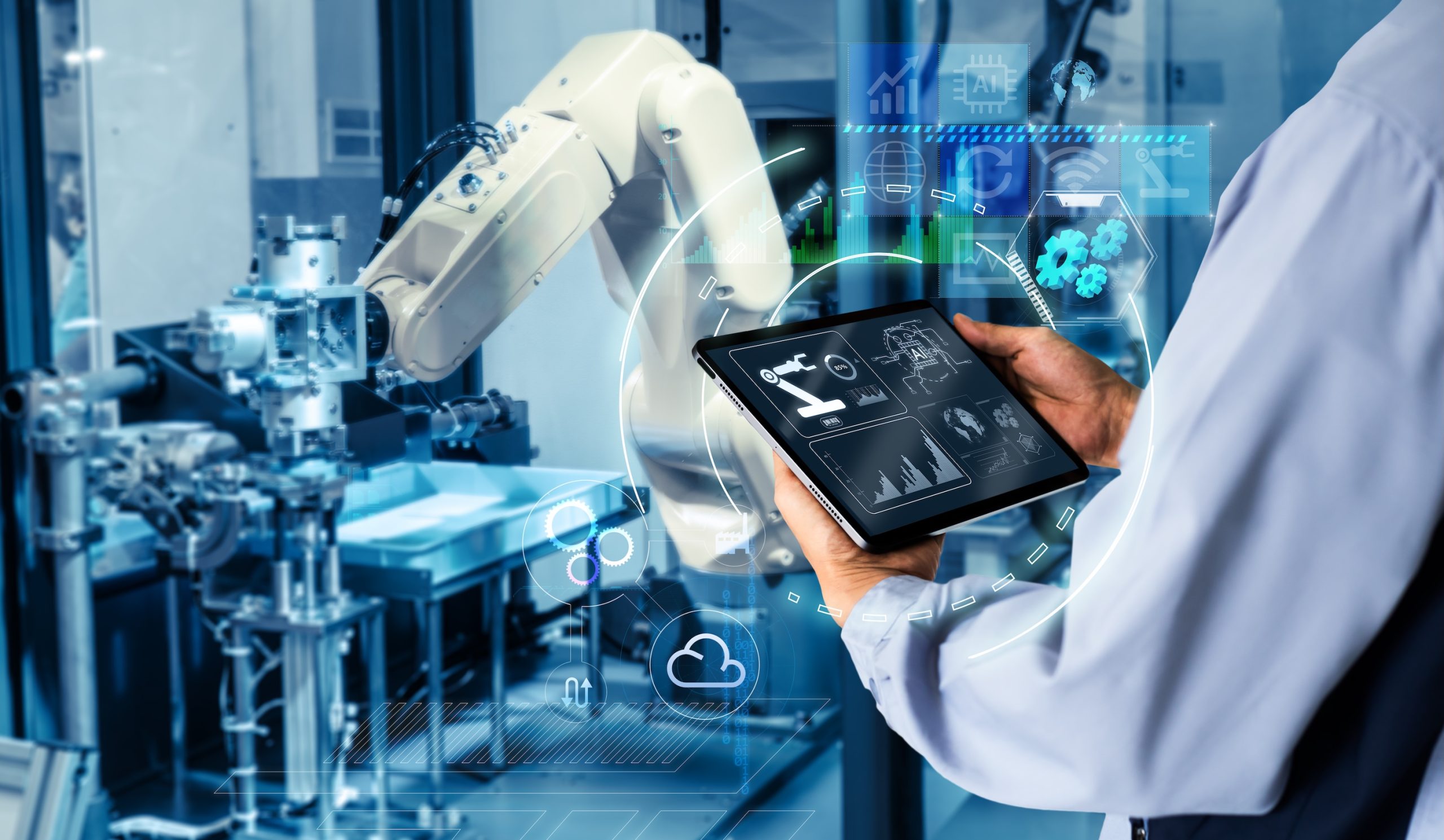The energy transition towards a more sustainable planet necessarily hinges on what we call “rare materials”. These elements are a key step in the creation of clean energy technology, such as batteries for electric cars, wind-farm turbines, energy-saving light bulbs, electronic displays, solar panels, advanced chips and much more.
Basing ourselves on the assumption that world reserves known to man have mostly been exploited, finding new mineral deposits of cobalt, lithium, indium, rare earth etc. is a complex and highly costly process because places of extraction are located in remote sites deep below the ground. So, some institutes have started to tap into the capabilities of artificial intelligence.
The use of artificial intelligence in the mining industry
This could overcome all the budgetary and time constraints that impede research for mineral resources and areas to be drilled. Indeed, enterprises and start-ups are quickly taking advantage of the benefits and potential offered by artificial intelligence.
How? Immense databases have been built up by cross-referencing multiple data and information about the earth’s crust (soil samples, satellite images, academic documents and recent geological reports as well as considerably older ones) and artificial intelligence can use machine learning algorithms to conduct analysis work on these details, tracking down recurrent features and distinguishing characteristics in spots where rare metals have been found in the past, and then identifying new promising spots in other unexplored zones.
Judging from the first field tests, it appears that this system may increase the chances of success by up to 25 times. This will help to lower the uncertainty that typically shrouds these activities, giving investors a clearer and more immediate idea of related risks.
A forecast of the demand for rare metals over the next few years
The advance of clean energy technology has led to soaring demand for rare metals. Basing itself on the goals outlined in the Paris Agreement drawn up to combat climate change, the IEA (International Energy Agency) thinks that demand could grow significantly over the following few years. Requirements for certain materials may be twice, three times, four times greater, or even more, by the year 2050.
The global context and Europe
Rare metals come from outside Europe. Mining and smelting activities occur in a handful of countries. China, Australia and South Africa operate a kind of monopoly which means that the European nations are reliant upon them.
This reliance has serious consequences, giving rise to concern in several respects: price trends, supply and environmental impact. Indeed, the European Union scrambled to respond with a set of regulations called the “European Critical Raw Materials Act (CRMA)” adopted last spring (2024). This legislation primarily aims to:
- Lower reliance on third countries
- Increase domestic production capacity by boosting mining activities, and refining and recycling strategic raw materials
- Diversify supply sources
The European Union is at risk of losing competitiveness unless it gets safe access to these materials. But in our quest to relaunch the Old Continent, there are also other aspects to be taken into account. Artificial-intelligence software only works properly if it has accurate good-quality data to work with. Unless this happens, the algorithms are doomed to flounder or fail.
Incomplete inconsistent materials or information in temporal and spatial terms could result in misleading outcomes, false findings or completely fallacious predictions.
Balance of world power and negotiations
At the beginning of May (2025), the Ukrainian and United-States governments signed an agreement on the use of mineral and energy resources located within the confines of Ukrainian borders.
This demonstrates how strategic mineral ownership is and what a pivotal role it plays on the marketplace, but more importantly how crucial it is for the balance of international power.
The part played by AI in reducing our impact on the environment
In addition to all the benefits described above, artificial intelligence could also be decisive for lowering the impact of our search for rare metals on the environment. If it draws up and creates maps for us, we would be able to avoid “blind” exploration and unnecessary drilling.
What is more, these advanced technological systems should also be “trained” partly to keep to a minimum the effects of mining by sifting through information and data on the consequences that rare-metal mining has on the surrounds, and partly to continue awakening peoples’ consciences about the importance of protecting the environment.



